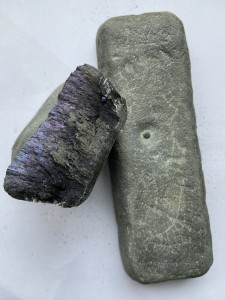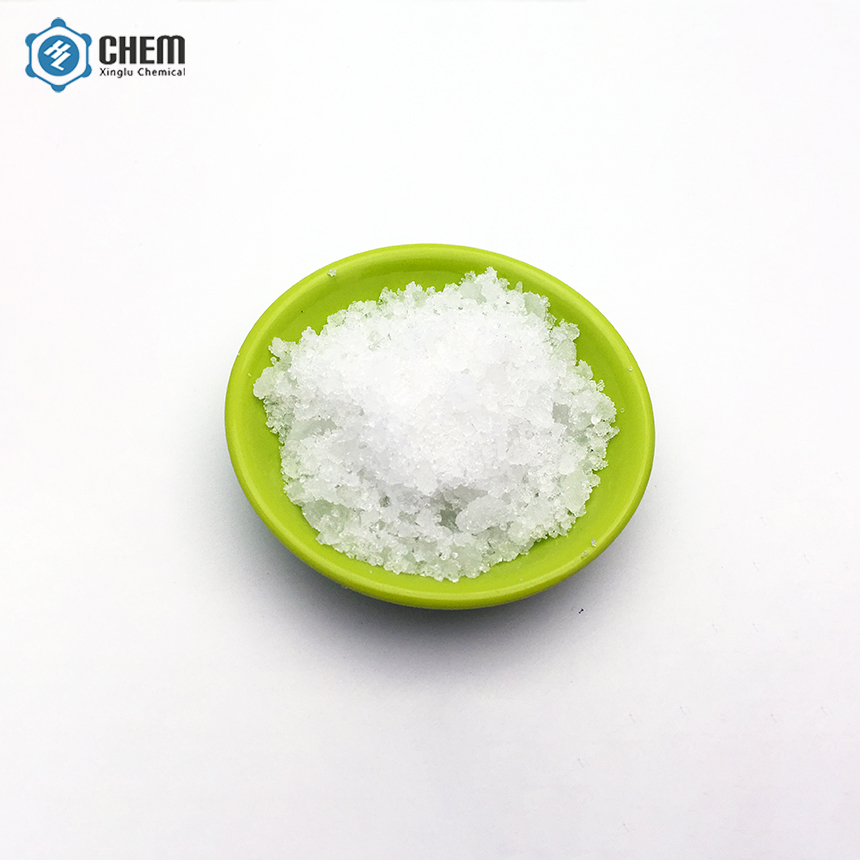Cerium is a gray and lively metal with a density of 6.9g/cm3 (cubic crystal), 6.7g/cm3 (hexagonal crystal), melting point of 795 ℃, boiling point of 3443 ℃, and ductility. It is the most naturally abundant lanthanide metal. Bent cerium strips often splash sparks.
Cerium is easily oxidized at room temperature and loses its luster in air. It can be burned in air by scraping with a knife (pure cerium is not prone to spontaneous combustion, but it is highly prone to spontaneous combustion when slightly oxidized or alloyed with iron). When heated, it burns in the air to produce ceria. Can react with boiling water to produce cerium hydroxide, soluble in acid but insoluble in alkali.
1、 The mystery of cerium element
Cerium, with an atomic number of 58, belongs to rare earth elements and is a lanthanide element in Group IIIB of the sixth periodic system. Its elemental symbol is Ce, and it is a silver gray active metal. Its powder is prone to spontaneous combustion in air and is easily soluble in acids and reducing agents. The name cerium comes from the fact that the content of cerium in the earth's crust is about 0.0046%, making it the most abundant rare earth element
In the rare earth element family, cerium is undoubtedly the "big brother". Firstly, the total abundance of rare earths in the Earth's crust is 238 ppm, with cerium accounting for 68 ppm, which is 28% of the total rare earth distribution and ranks first; Secondly, cerium was the second rare earth element discovered nine years after the discovery of yttrium in 1794. At present, the relevant information has been updated, you can check the information website for business news.
2、 The main uses of cerium
1. Environmentally friendly materials, with the most representative application being automotive exhaust purification catalysts. Adding cerium to commonly used ternary catalysts of precious metals such as platinum, rhodium, palladium, etc. can improve catalyst performance and reduce the amount of precious metals used. The main pollutants in exhaust gases are carbon monoxide, hydrocarbons, and ammonia oxides, which can affect the human hematopoietic system, form photochemical toxic smoke, and produce carcinogens, causing damage to humans, animals, and plants. The ternary purification technology can fully oxidize hydrocarbons and carbon monoxide to produce carbon dioxide and water, and decompose oxides into ammonia and oxygen (hence the name ternary catalysis).
2. Substitution of harmful metals: Cerium sulfide can replace metals such as lead and cadmium that are harmful to the environment and humans as a red coloring agent for plastics. It can also be used in industries such as coatings, inks, and paper. Organic compounds such as cerium rich light rare earth cyclic acid salts are also used as paint drying agents, PVC plastic stabilizers, and MC nylon modifiers. They can replace toxic substances such as lead salts and reduce expensive materials such as drilling salts. 3. Plant growth regulators, mainly light rare earth elements such as cerium, can improve crop quality, increase yield, and enhance crop stress resistance. Used as a feed additive, it can increase the egg production rate of poultry and the survival rate of fish and shrimp farming, and also improve the wool quality of long haired sheep。
3、 Common compounds of cerium
1. Cerium oxide - an inorganic substance with the chemical formula CeO2, a light yellow or yellow brown auxiliary powder. Density 7.13g/cm3, melting point 2397 ℃, insoluble in water and alkali, slightly soluble in acid. Its performance includes polishing materials, catalysts, catalyst carriers (additives), ultraviolet absorbers, fuel cell electrolytes, automotive exhaust absorbers, electronic ceramics, etc.

2. Cerium sulfide - with the molecular formula CeS, is a new green and environmentally friendly red pigment used in the fields of plastics, coatings, paints, pigments, etc. It is a red powdery substance with a yellowish phase inorganic pigment. Belonging to inorganic pigments, it has strong coloring power, bright color, good temperature resistance, light resistance, weather resistance, excellent covering power, non migration, and is an excellent substitute material for heavy metal inorganic pigments such as cadmium red.
3. Cerium chloride - also known as cerium trichloride, is an anhydrous cerium chloride or a hydrated compound of cerium chloride that irritates the eyes, respiratory system, and skin. Used in industries such as petroleum catalysts, automotive exhaust catalysts, intermediate compounds, and also in the production of cerium metal.
Post time: Sep-12-2024

